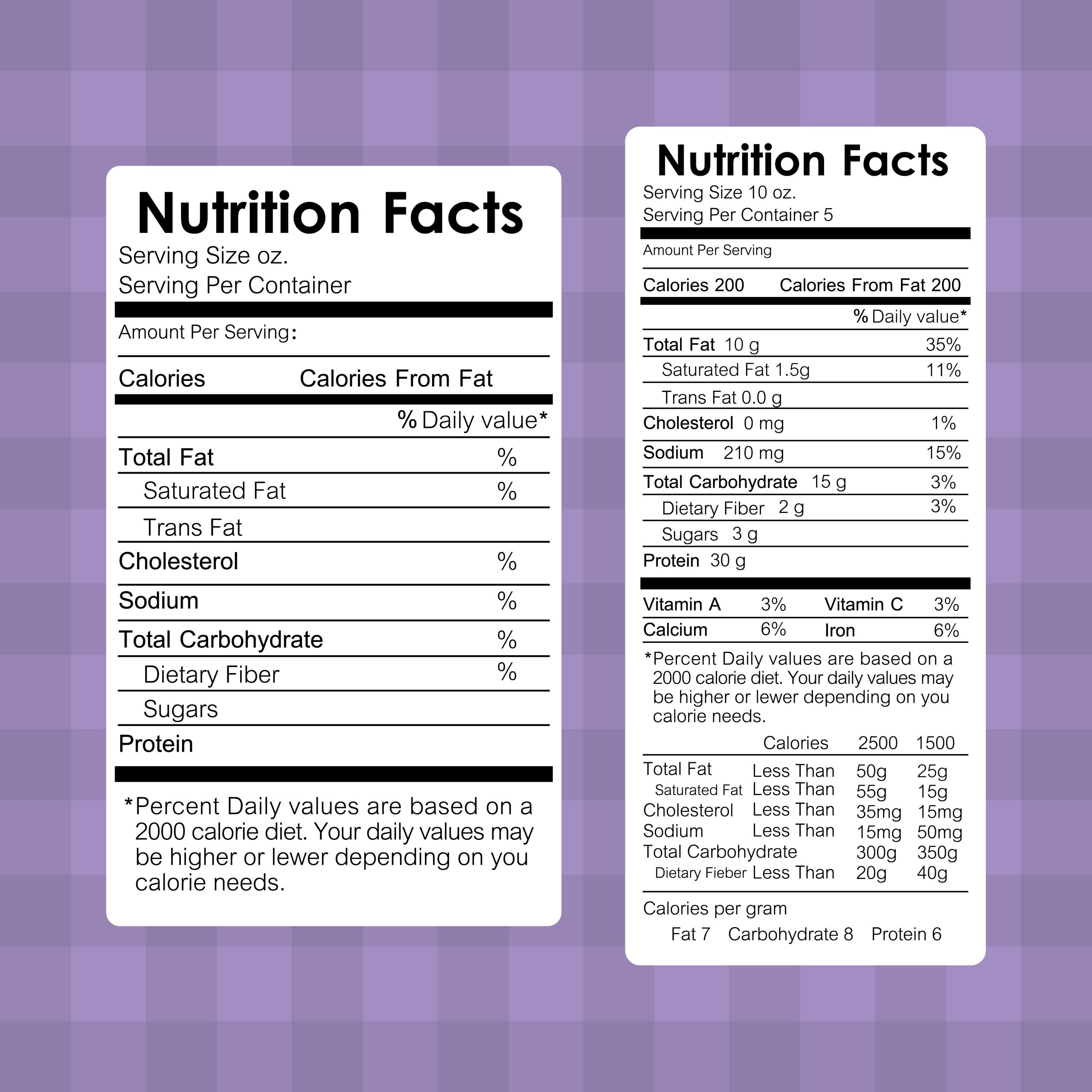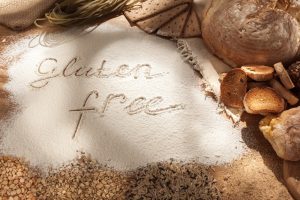In the bustling aisles of grocery stores, amidst the colorful array of food packages, lies a challenge that millions face daily – identifying gluten-free foods. For those with celiac disease, gluten sensitivity, or a preference for a gluten-free diet, understanding labels is crucial. The European food market, with its diverse offerings, demands a keen eye to navigate. This article aims to be your compass in this quest, guiding you through the labyrinth of labels and certifications, helping you make informed choices without the stress.
Understanding Gluten-Free Certification and Labeling Standards
The cornerstone of selecting gluten-free products is understanding what gluten-free certification means. In Europe, where food labeling laws are stringent, gluten-free labels are more than just marketing tools. They are a promise of safety. The EU Regulation No 828/2014 clearly defines the criteria for foodstuffs to be considered gluten-free, setting the bar at 20 mg/kg or 20 ppm of gluten. This standard is echoed by various certification bodies, such as the Coeliac UK’s Crossed Grain symbol, a widely recognized mark in the gluten-free community. These certifications are not handed out lightly. They require rigorous testing of products and often, audits of manufacturing processes to prevent cross-contamination. As a consumer, spotting these certifications on packaging can be your first step towards a safe choice. However, it’s essential to remember that not all gluten-free products carry these marks. Smaller producers or those from regions with different certification standards might still offer gluten-free products but lack the official seal. In such cases, ingredient lists and allergen statements become your go-to resource.
Decoding Ingredient Lists and Allergen Statements
When a product lacks a gluten-free certification, the ingredient list is your next line of defense. European Union law mandates clear allergen labeling, making it easier for consumers to spot potential gluten sources. Ingredients derived from wheat, barley, rye, and oats must be clearly indicated in the list. However, the challenge arises with derivatives that might not be as easily recognizable. Ingredients like malt, which is often derived from barley, or dextrin, which can be made from wheat, are not as straightforward. Moreover, terms like ‘flavors’ or ‘spices’ can be ambiguous, potentially hiding gluten sources. It’s vital to develop an understanding of these hidden gluten sources and to remain vigilant. Additionally, look for allergen statements that often accompany the ingredient list. Phrases like ‘may contain traces of gluten’ or ‘produced in a facility that also processes wheat’ are clear indicators of potential cross-contamination risks. While these statements are voluntary, many manufacturers include them to provide transparency. For those with severe sensitivities or celiac disease, these statements are as crucial as the ingredient list itself.
Navigating the world of gluten-free products can be a complex task, especially when it comes to understanding food labels. For those with celiac disease, gluten intolerance, or anyone following a gluten-free diet, knowing which ingredients to avoid is crucial. Here are ten ingredients that are red flags on food labels for those avoiding gluten:
- Wheat Flour: Often the primary ingredient in bread, pasta, and baked goods, wheat flour is a direct source of gluten. It’s essential to avoid products that list wheat flour unless they are specifically labeled gluten-free.
- Barley and Barley Malt: Common in cereals, beers, and malted products, barley is a gluten-containing grain. Barley malt, often used as a sweetener, is also a source of gluten.
- Rye: Found in some breads, cereals, and beers, rye is another grain that naturally contains gluten. Products containing rye should be avoided unless labeled gluten-free.
- Brewer’s Yeast: Often a by-product of beer production, brewer’s yeast can contain traces of gluten unless it’s specifically cultivated on gluten-free media.
- Soy Sauce: Traditional soy sauce is typically fermented with wheat, making it a source of gluten. Gluten-free alternatives are available and should be sought out.
- Seitan: Also known as wheat gluten, seitan is a popular meat substitute in vegetarian diets but is entirely made of gluten.
- Hydrolyzed Wheat Protein: Common in hair and skincare products, this ingredient can also appear in processed foods and is a definite source of gluten.
- Malt Vinegar: Made from barley, malt vinegar carries gluten. It’s often used in pickling, marinades, and salad dressings.
- Bulgar: A form of whole wheat, bulgar is used in Middle Eastern and Mediterranean dishes and contains gluten.
- Durum Wheat: Often used in pasta and couscous, durum wheat is high in gluten and should be avoided.
Recognizing these ingredients is the first step in maintaining a gluten-free diet. Always read labels carefully and when in doubt, opt for products that are certified gluten-free to ensure safety and peace of mind. By understanding the gluten-free certification process and learning to decode ingredient lists and allergen statements, you can shop with confidence. Remember, your health and well-being are paramount, and being informed is the best way to ensure you enjoy a safe and delicious gluten-free diet.




